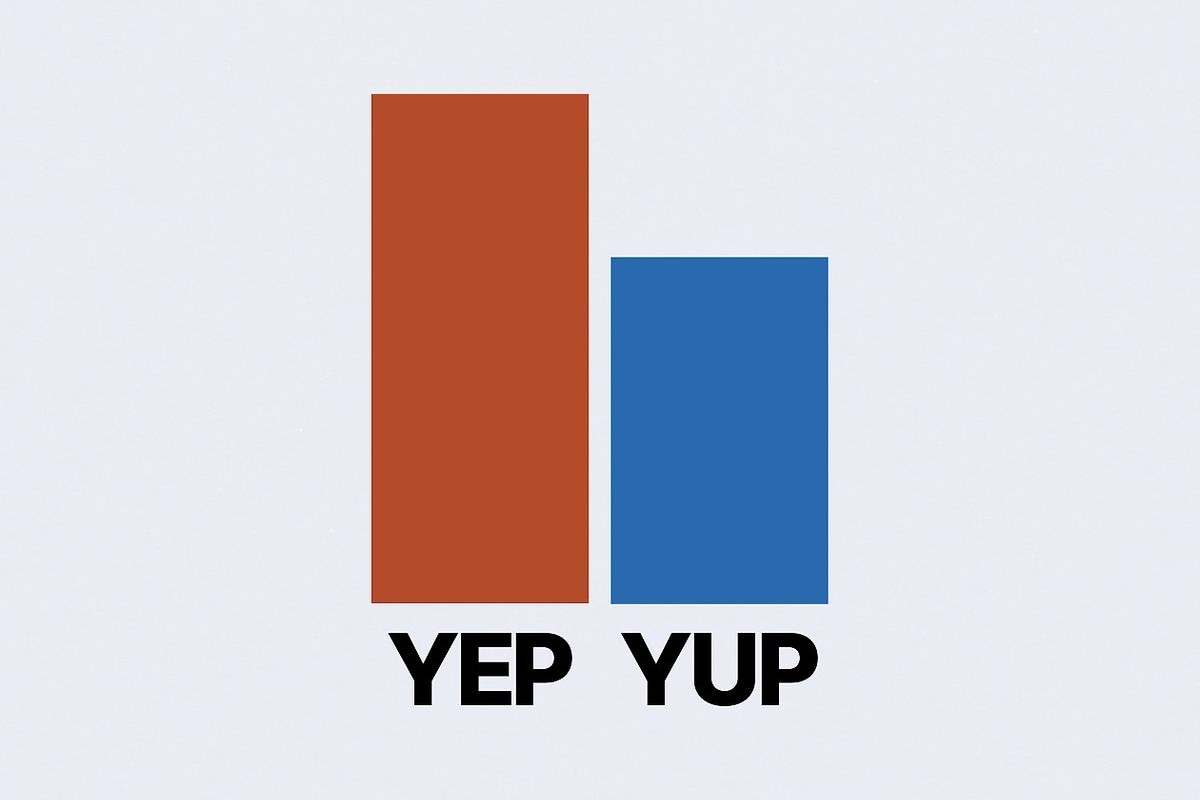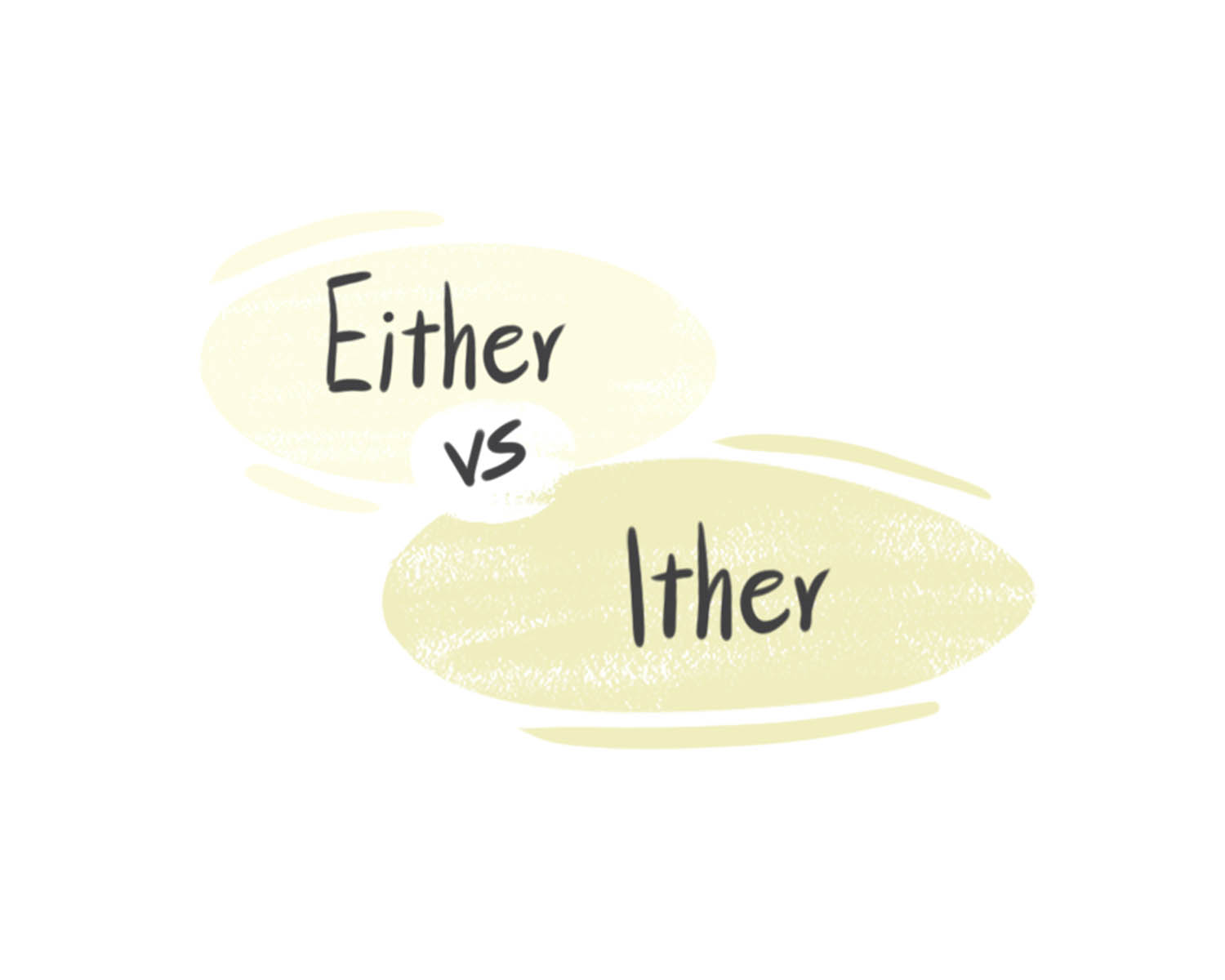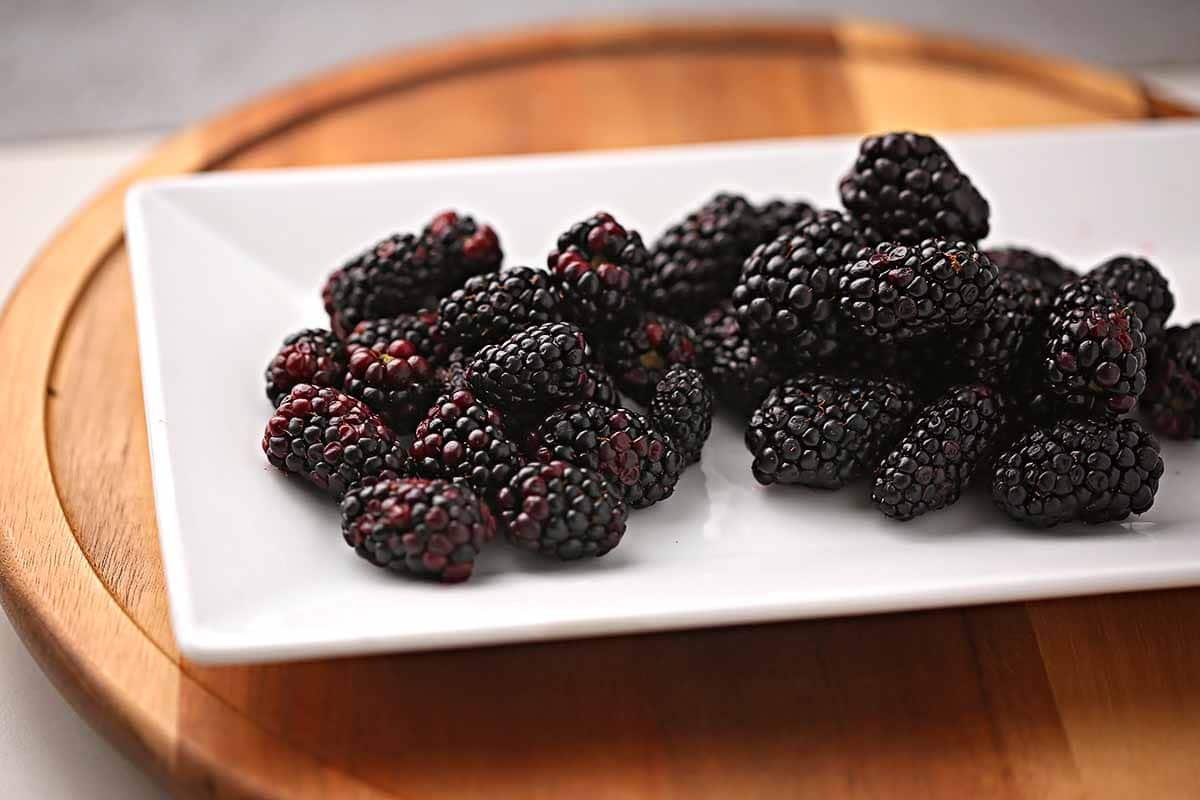Home>Language and Grammar>The Surprising Difference Between Shining And Shinning


Language and Grammar
The Surprising Difference Between Shining And Shinning
Published: February 4, 2024
Discover the unexpected distinction between "shining" and "shinning" in language and grammar. Uncover the nuances and usage differences between these similar-sounding words.
(Many of the links in this article redirect to a specific reviewed product. Your purchase of these products through affiliate links helps to generate commission for Noodls.com, at no extra cost. Learn more)
Table of Contents
Introduction
Have you ever been puzzled by the difference between two similar-sounding words? The English language is full of such delightful nuances that can leave even seasoned writers scratching their heads. One such pair of words that often causes confusion is "shining" and "shinning." While they may appear similar at first glance, their meanings and usage are quite distinct. Understanding the subtle disparities between these two words can elevate your writing and communication skills to a whole new level.
In this article, we will delve into the fascinating world of language and explore the surprising difference between "shining" and "shinning." By the end of our exploration, you will not only grasp the dissimilarities between these words but also gain valuable insights into their contextual usage. So, let's embark on this linguistic journey and unravel the unique characteristics of "shining" and "shinning."
Definition of Shining and Shinning
Shining and shinning are two words that are often confused due to their similar spellings and pronunciations. Let's start by defining each word to gain a clear understanding of their respective meanings and usage.
Shining
The word "shining" is a present participle of the verb "shine." It is used to describe the action of emitting or reflecting light. When something is shining, it is producing a bright or glowing light, often with a radiant or polished appearance. This term is commonly associated with the sun, stars, or other sources of illumination. Additionally, "shining" can be used metaphorically to convey the idea of standing out or excelling in a particular area, such as "a shining example" or "a shining performance."
Shinning
On the other hand, "shinning" is a present participle of the verb "shin," which means to climb by gripping with the hands and legs, typically up a vertical surface such as a tree, pole, or wall. When someone is "shinning up" an object, they are using their physical strength and agility to ascend it. This term is often used in informal or colloquial contexts to describe the act of climbing in a swift and nimble manner.
In summary, "shining" pertains to emitting light or standing out, while "shinning" refers to the physical act of climbing. By understanding the nuances of these definitions, you can effectively incorporate these words into your writing and communication with precision and clarity.
Differences in Meaning
The distinction between "shining" and "shinning" lies in their fundamental meanings and contextual applications. While both words share a similar phonetic resemblance, their semantic disparities are unmistakable.
Shining
When we refer to "shining," we evoke imagery of radiant light and brilliance. This term encapsulates the concept of emitting or reflecting light, thereby creating a visually striking or luminous effect. Whether it's the sun casting its golden rays upon the earth, a polished surface gleaming with a captivating sheen, or a person's outstanding performance that metaphorically "shines," the essence of "shining" revolves around illumination and distinction. It conveys a sense of brightness, positivity, and prominence, making it a versatile word that can be applied to various contexts, from describing celestial bodies to praising exceptional achievements.
Shinning
In contrast, "shinning" takes on a markedly different connotation. This term is associated with the physical act of climbing, typically achieved by gripping with the hands and legs to ascend a vertical surface. The image of someone "shinning up" a tree, pole, or wall conjures up a sense of agility, determination, and swift movement. Unlike the luminous quality of "shining," "shinning" embodies a sense of physical exertion and upward mobility. It is often used informally to depict a quick and nimble ascent, adding a dynamic and energetic dimension to the action of climbing.
By discerning the nuances between "shining" and "shinning," we gain a profound understanding of their distinct meanings and applications. While "shining" illuminates the realm of light and prominence, "shinning" propels us into the realm of physical prowess and agile movement. These nuanced differences enable us to wield these words with precision, enriching our expression and communication with the subtle shades of meaning they encapsulate.
Examples of Shining and Shinning in Context
Shining:
- The sun was shining brightly in the clear blue sky, casting a warm glow over the tranquil meadow.
- Her remarkable talent and unwavering dedication made her a shining star in the world of classical ballet.
- The pristine marble floors of the grand hall were meticulously polished, shining resplendently under the crystal chandeliers.
- Despite facing numerous challenges, his indomitable spirit continued to shine through, inspiring everyone around him.
Shinning:
- The nimble squirrel swiftly began shinning up the towering oak tree, effortlessly navigating the gnarled branches.
- With remarkable agility, the young athlete started shinning up the rope during the challenging obstacle course.
- As the daring mountaineer embarked on the treacherous ascent, she adeptly began shinning up the sheer rock face, displaying unparalleled strength and determination.
- The mischievous cat was caught shinning up the curtains, much to the chagrin of its exasperated owner.
By examining these examples, the distinctive contexts in which "shining" and "shinning" are employed become evident. While "shining" is associated with luminosity, brilliance, and excellence, "shinning" depicts physical agility, nimble movement, and climbing prowess. These illustrative instances showcase the nuanced applications of these words, enriching our grasp of their diverse meanings and contextual usage.
Common Mistakes and How to Avoid Them
Common grammatical errors often arise when differentiating between "shining" and "shinning," leading to confusion in written and spoken communication. To ensure clarity and precision, it is crucial to recognize these common mistakes and learn how to sidestep them effectively.
Mistake 1: Incorrect Usage in Context
One prevalent mistake is the improper application of "shining" and "shinning" in context. This error occurs when the words are interchanged, leading to a misrepresentation of the intended meaning. To avoid this, it is essential to grasp the distinct definitions of each term and carefully select the appropriate word based on the intended message. Remember, "shining" pertains to emitting light or standing out, while "shinning" refers to the physical act of climbing.
Mistake 2: Spelling and Pronunciation Confusion
Another common pitfall is the confusion between the spellings and pronunciations of "shining" and "shinning." Due to their phonetic similarity, individuals often struggle to differentiate between the two, resulting in spelling errors and mispronunciations. To mitigate this, familiarize yourself with the unique spelling and pronunciation of each word. Practice and exposure to their correct usage in context will reinforce the distinctions, reducing the likelihood of spelling and pronunciation mishaps.
Mistake 3: Lack of Contextual Understanding
Misinterpreting the appropriate context for using "shining" and "shinning" can lead to inadvertent errors. Without a clear understanding of when to employ each word, individuals may inadvertently misuse them, leading to ambiguity and miscommunication. To overcome this challenge, immerse yourself in diverse literary works, observe the contextual usage of "shining" and "shinning," and internalize their appropriate applications. This exposure will cultivate a deeper contextual understanding, enabling you to wield these words with precision.
Mistake 4: Overuse or Underuse of Metaphorical Meaning
A common oversight involves the overuse or underuse of the metaphorical meaning of "shining." While "shining" can metaphorically convey excellence or prominence, its excessive or insufficient application can dilute the intended impact. To address this, exercise discernment in employing the metaphorical sense of "shining," ensuring that it enhances the intended message without overshadowing other elements of the communication.
By recognizing these common mistakes and implementing strategies to avoid them, individuals can navigate the linguistic terrain with confidence, harnessing the distinct nuances of "shining" and "shinning" to enrich their expression and communication effectively.
Conclusion
In conclusion, the seemingly similar words "shining" and "shinning" encompass distinct meanings and serve as poignant examples of the rich tapestry of the English language. By unraveling the subtle disparities between these words, we gain a heightened appreciation for the nuanced intricacies that define our linguistic expression.
Through our exploration, we have illuminated the radiant essence of "shining," where light, brilliance, and prominence converge to create a vivid tapestry of luminosity. Whether it is the sun casting its golden rays, a polished surface gleaming with resplendence, or a person's exceptional performance metaphorically "shining," this word encapsulates a spectrum of brilliance that transcends the realms of literal and metaphorical illumination.
Conversely, "shinning" propels us into the realm of physical prowess and agile movement. It embodies the spirit of nimble ascent, depicting the dynamic action of climbing with agility and determination. This word encapsulates the essence of physical exertion and upward mobility, painting a vivid picture of swift and agile movement.
By discerning the nuances between "shining" and "shinning," we equip ourselves with the linguistic precision to articulate our thoughts with clarity and finesse. Whether it is crafting evocative descriptions, composing compelling narratives, or engaging in articulate discourse, our understanding of these words enriches our ability to communicate effectively.
In the tapestry of language, each word is a thread, weaving its unique hue and texture into the fabric of expression. "Shining" and "shinning" exemplify the diverse threads that contribute to the intricate mosaic of vocabulary, each adding its distinct shade of meaning to the grand tapestry of communication.
As we partake in the ongoing symphony of language, let us embrace the enchanting diversity of words and their multifaceted meanings. By delving into the nuances of words such as "shining" and "shinning," we embark on a perpetual journey of linguistic exploration, where every word becomes a brushstroke painting the canvas of expression with vivid hues and subtle shades, enriching our communication and understanding of the world.
In this spirit, let us continue to celebrate the boundless beauty of language, embracing the myriad nuances that infuse our expressions with depth and resonance. Through our unwavering curiosity and reverence for language, we honor the timeless artistry of words, perpetuating the legacy of linguistic eloquence for generations to come.












